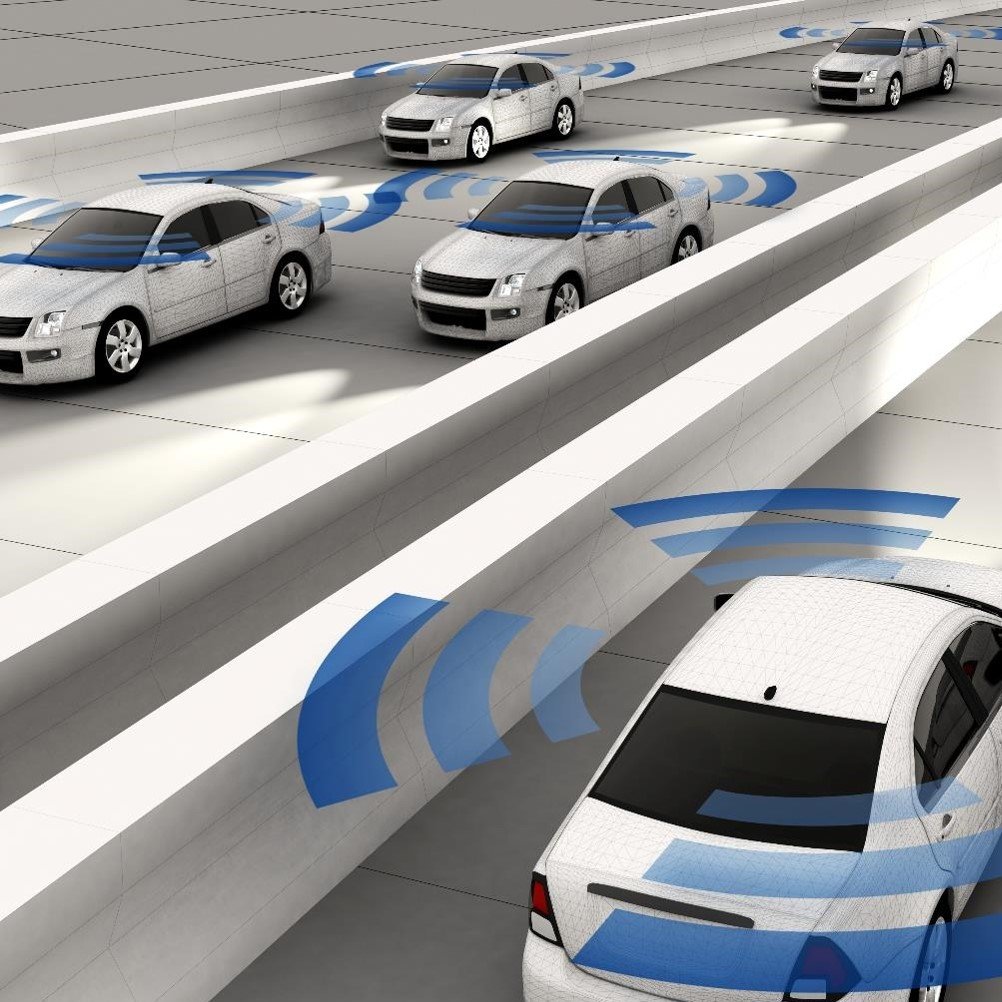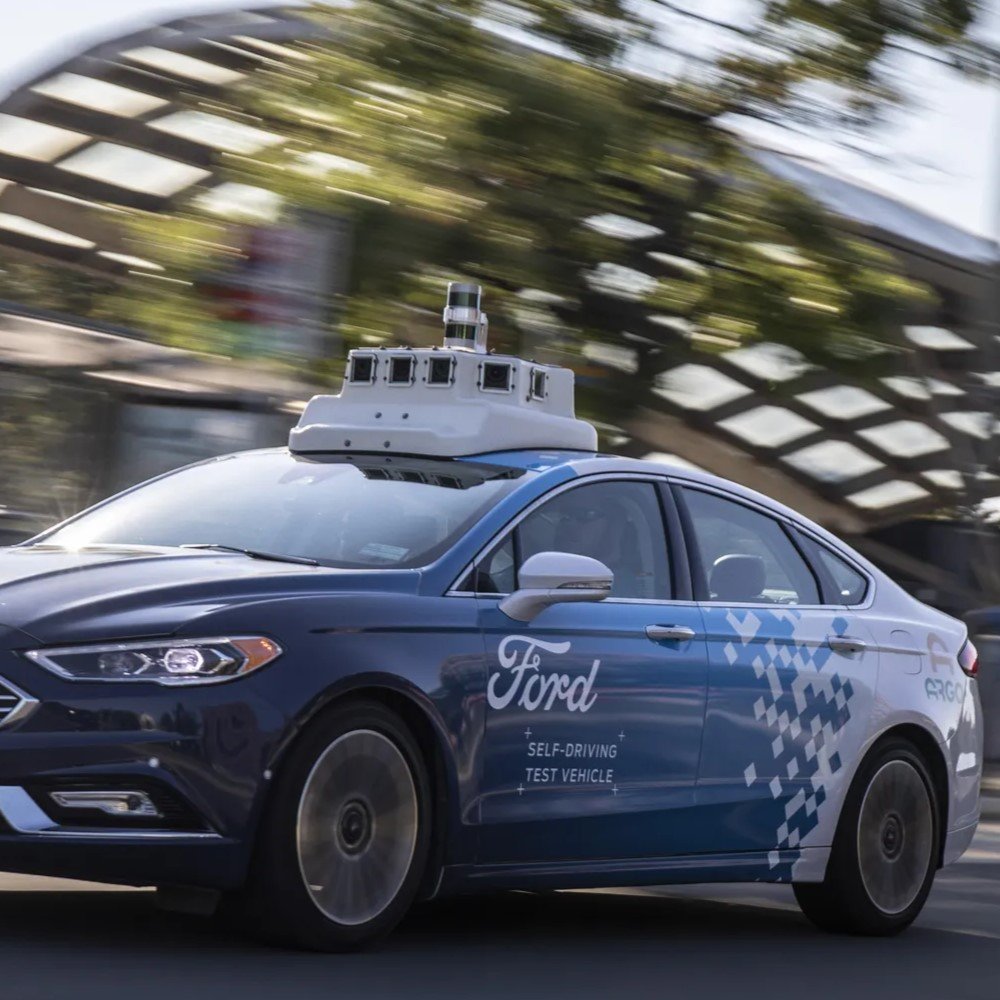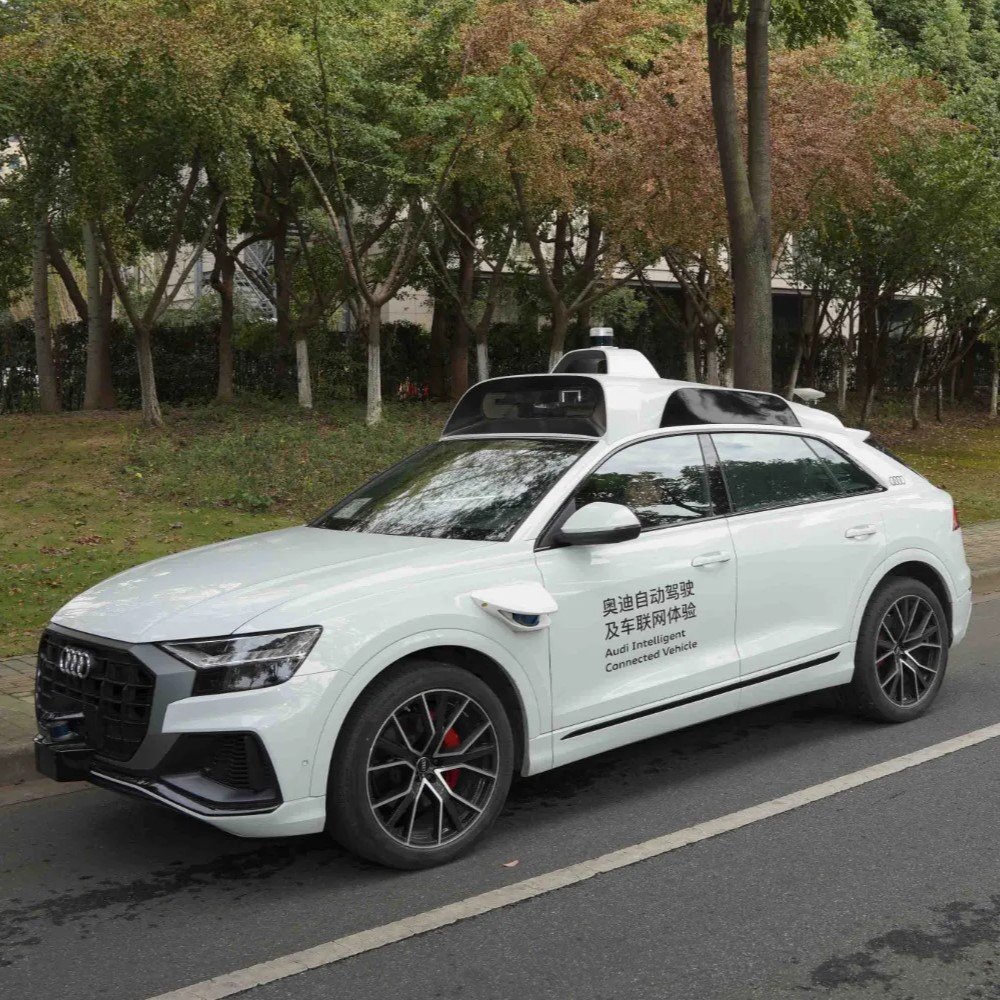Autonomous Vehicle Testing
Sector - Automobile | Field - Mechanical




Autonomous Vehicle Testing
Autonomous Vehicle Testing is the process of evaluating self-driving vehicles to ensure their safety, reliability, and performance under various real-world conditions. This includes testing sensors, software, decision-making algorithms, and overall system integration. Testing can be conducted in simulation environments, closed tracks, or public roads. It is crucial for identifying system weaknesses, improving navigation, and ensuring that autonomous vehicles can handle complex traffic scenarios, weather changes, and unexpected obstacles before deployment.
Test Procedure
Applications
Frequently Asked Questions
What is the difference between a low-speed wind tunnel and a high-speed wind tunnel?
Low-speed wind tunnels operate at speeds below Mach 0.3, while high-speed wind tunnels can operate at speeds up to and beyond Mach 5. The choice between the two depends on the specific application and the required test conditions.
How is wind tunnel data used to design real-world objects?
Wind tunnel data is used to validate computational fluid dynamics (CFD) simulations and to optimize the design of objects before physical prototypes are built. The data can also be used to identify potential issues and make necessary modifications to the design.
What are some common flow visualization techniques used in aerodynamic testing?
Some common flow visualization techniques include smoke injection, tuft visualization, and particle image velocimetry (PIV). These techniques help visualize the flow patterns around an object and identify areas of high turbulence or separation.
How can aerodynamic testing be used to reduce noise?
Aerodynamic noise is often caused by turbulence or vortices generated around an object. Aerodynamic testing can be used to identify the sources of noise and to modify the design to reduce noise levels.
What are the limitations of aerodynamic testing?
Aerodynamic testing is limited by the accuracy of the model and the ability of the wind tunnel to simulate real-world conditions. Additionally, wind tunnel testing can be expensive and time-consuming, especially for large-scale models or complex test conditions.